Explorer!the first Sattelite of the US,put to Orbit in a Jupiter C Rocket.
NOTE!:Stage 2 is very ustable so use the booster to the desired apoapsis and use stage 2 for the orbit.and Also,When Separating Stage 2 From the Booster,Ignite Stage 2 Imeedaitely so u won't bump to the booster.
Explorer 1 History:
Explorer 1 was the first satellite launched by the United States, and was part of the U.S. participation in the International Geophysical Year. The mission followed the first two satellites the previous year; the Soviet Union's Sputnik 1 and 2, beginning the Cold War Space Race between the two nations.
Explorer 1 was launched on January 31, 1958 at 22:48 Eastern Time (February 1, 03:48 UTC) atop the first Juno booster from LC-26 at the Cape Canaveral Missile Annex, Florida. It was the first spacecraft to detect the Van Allen radiation belt,[2] returning data until its batteries were exhausted after nearly four months. It remained in orbit until 1970, and has been followed by more than 90 scientific spacecraft in the Explorer series.
Explorer 1 was given Satellite Catalog Number 4, and the Harvard designation 1958 Alpha 1,[3] the forerunner to the modern International Designator.
Juno-1 History:
The Juno I was a four-stage American booster rocket which launched America's first satellite, Explorer 1, in 1958. A member of the Redstone rocket family, it was derived from the Jupiter-C sounding rocket. It is commonly confused with the Juno II launch vehicle, which was derived from the PGM-19 Jupiter medium-range ballistic missile.
Jupiter-C History:
The Jupiter-C was an American research and development vehicle[1][2] developed from the Jupiter-A.[3] Jupiter-C was used for three sub-orbital spaceflights in 1956 and 1957 to test re-entry nosecones that were later to be deployed on the more advanced PGM-19 Jupiter mobile missile.
A member of the Redstone rocket family, Jupiter-C was designed by the U.S. Army Ballistic Missile Agency (ABMA), under the direction of Wernher von Braun.[4] Three Jupiter-C flights were made followed by three satellite launches (Juno I).[5][6] All were launched from Cape Canaveral, Florida.
Thanks Pls UPVOTE!
GENERAL INFO
- Created On: Windows
- Game Version: 0.6.9.2
- Price: $3,789k
- Number of Parts: 101
- Dimensions: 40 m x 5 m x 5 m
PERFORMANCE
- Total Delta V: 23.5km/s
- Total Thrust: 1.3MN
- Engines: 14
- Wet Mass: 22,899kg
- Dry Mass: -122,686kg
STAGES
| Stage | Engines | Delta V | Thrust | Burn | Mass |
|---|---|---|---|---|---|
| 1 | 13 | 23.0km/s | 1.2MN | 8.3m | 22,899kg |
| 3 | 1 | 437m/s | 50kN | 14s | 1,741kg |

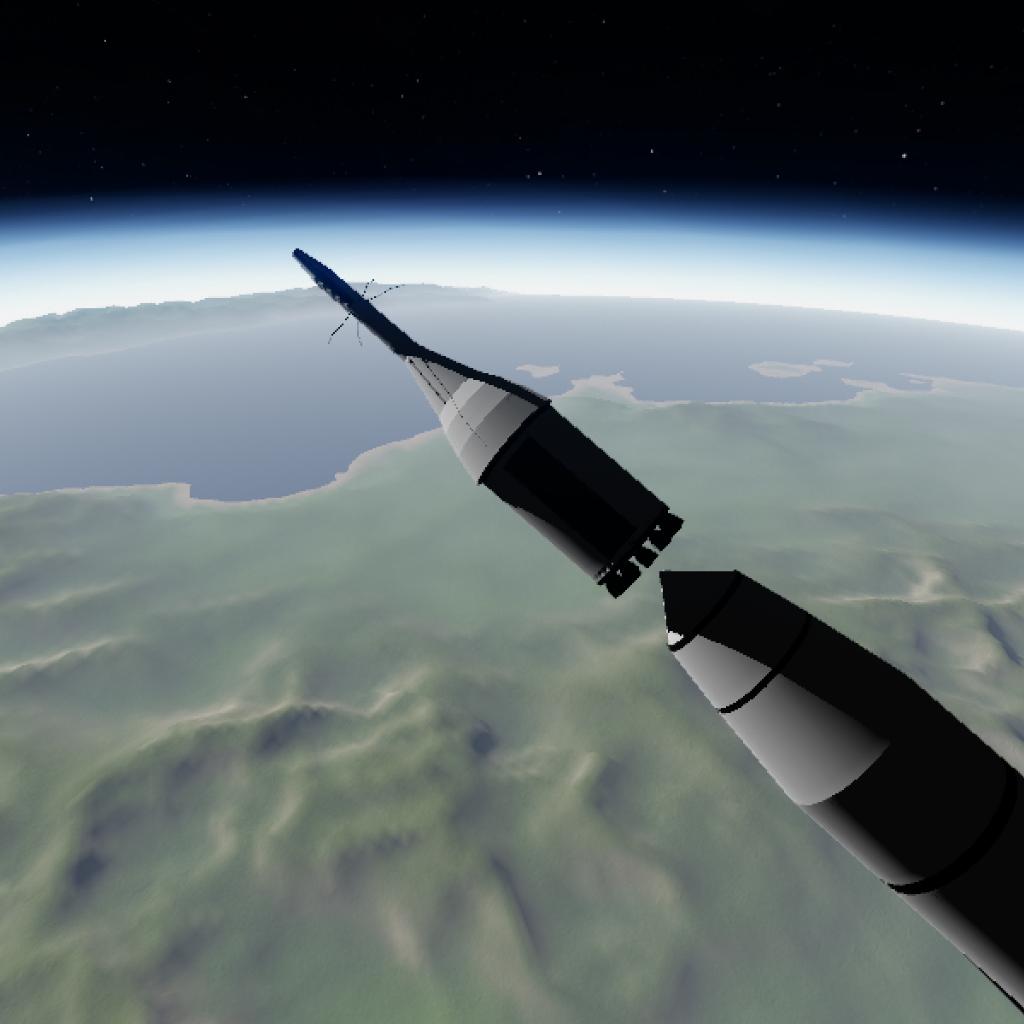
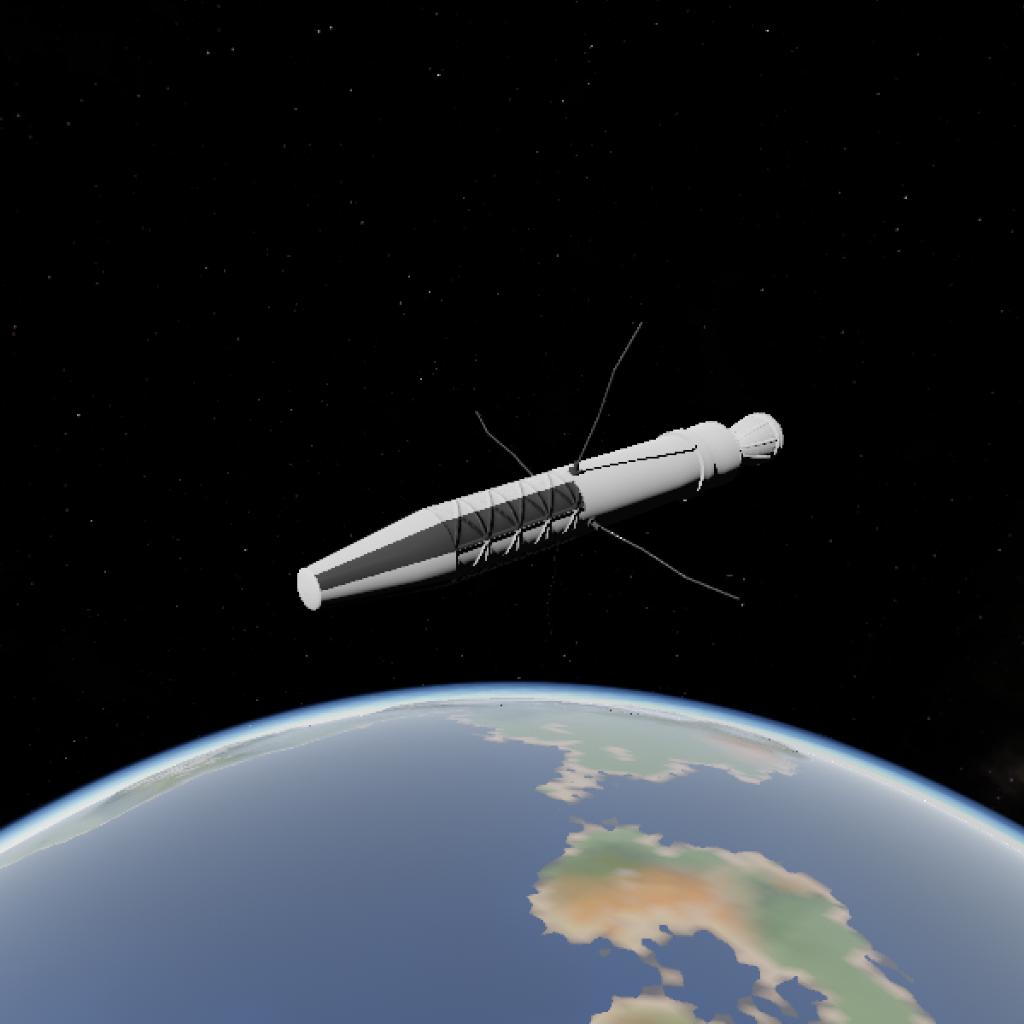
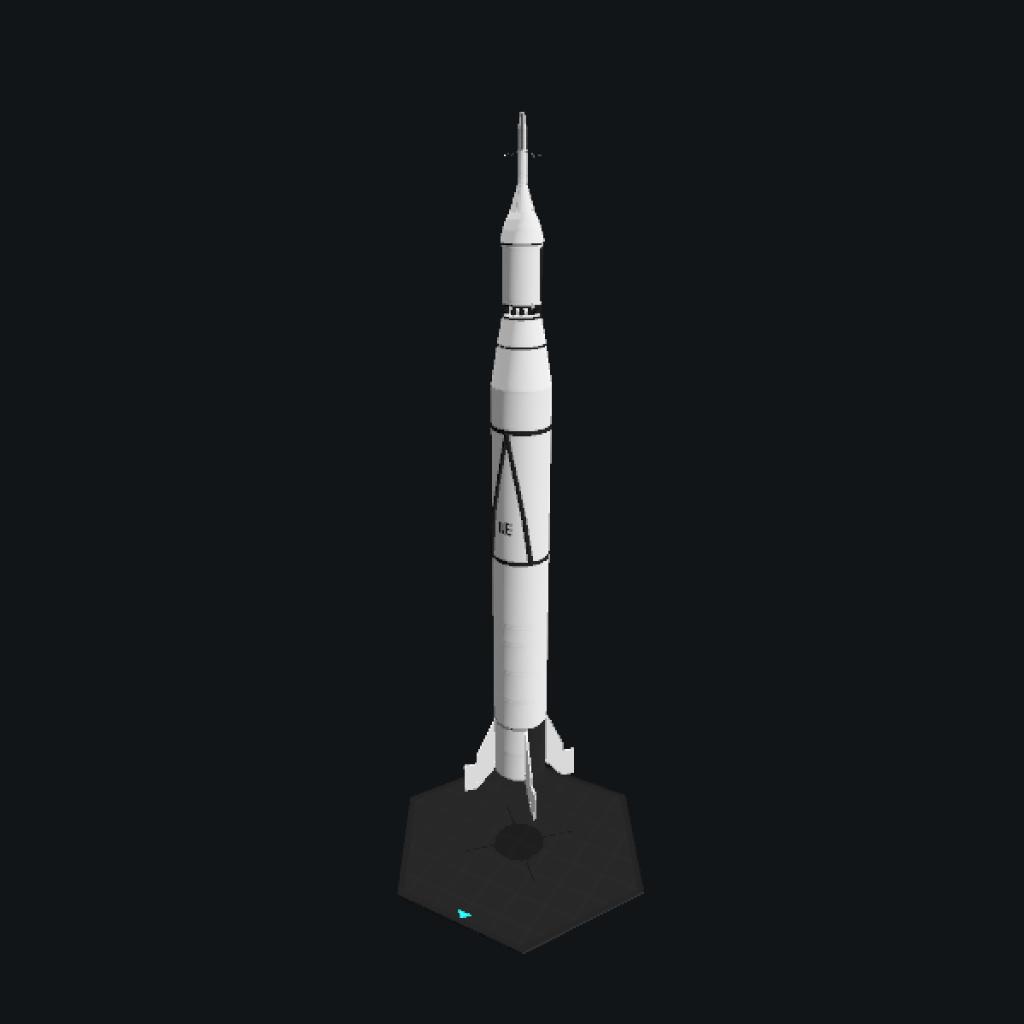
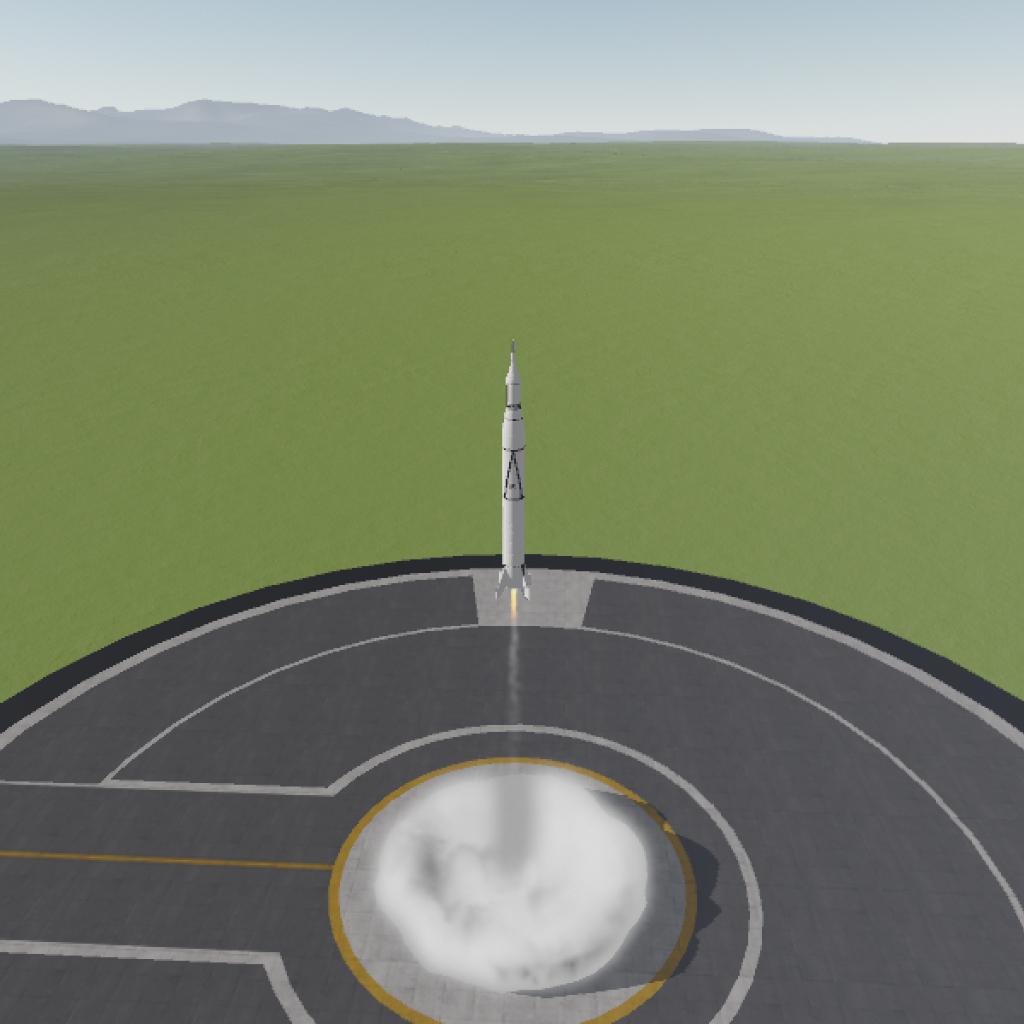
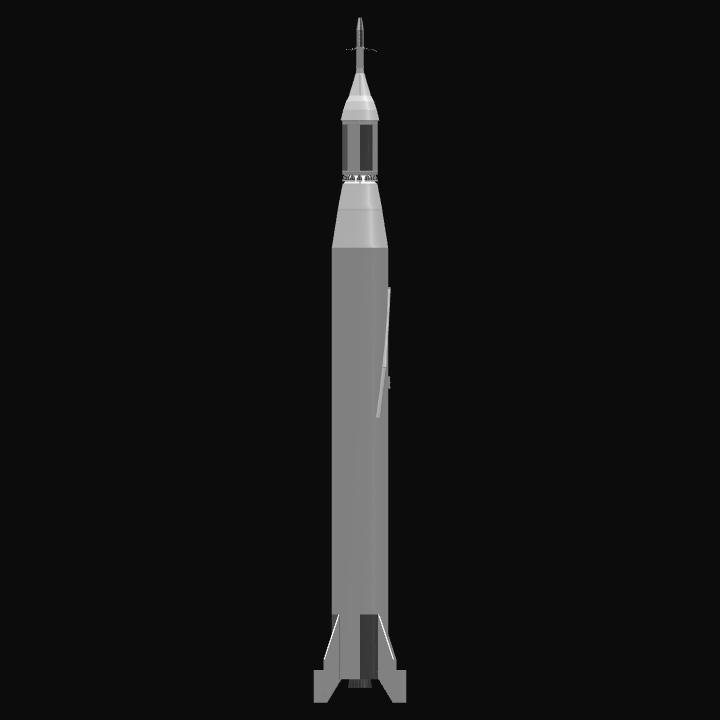
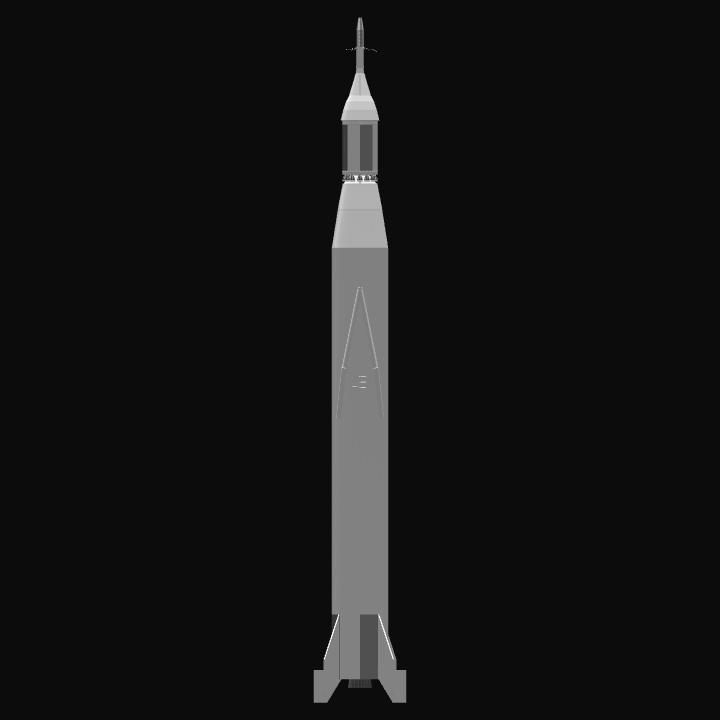

It might’ve been much smarter for you to have put weight on all the parts so the rocket wouldn’t be unstable. In addition your staging sucks!